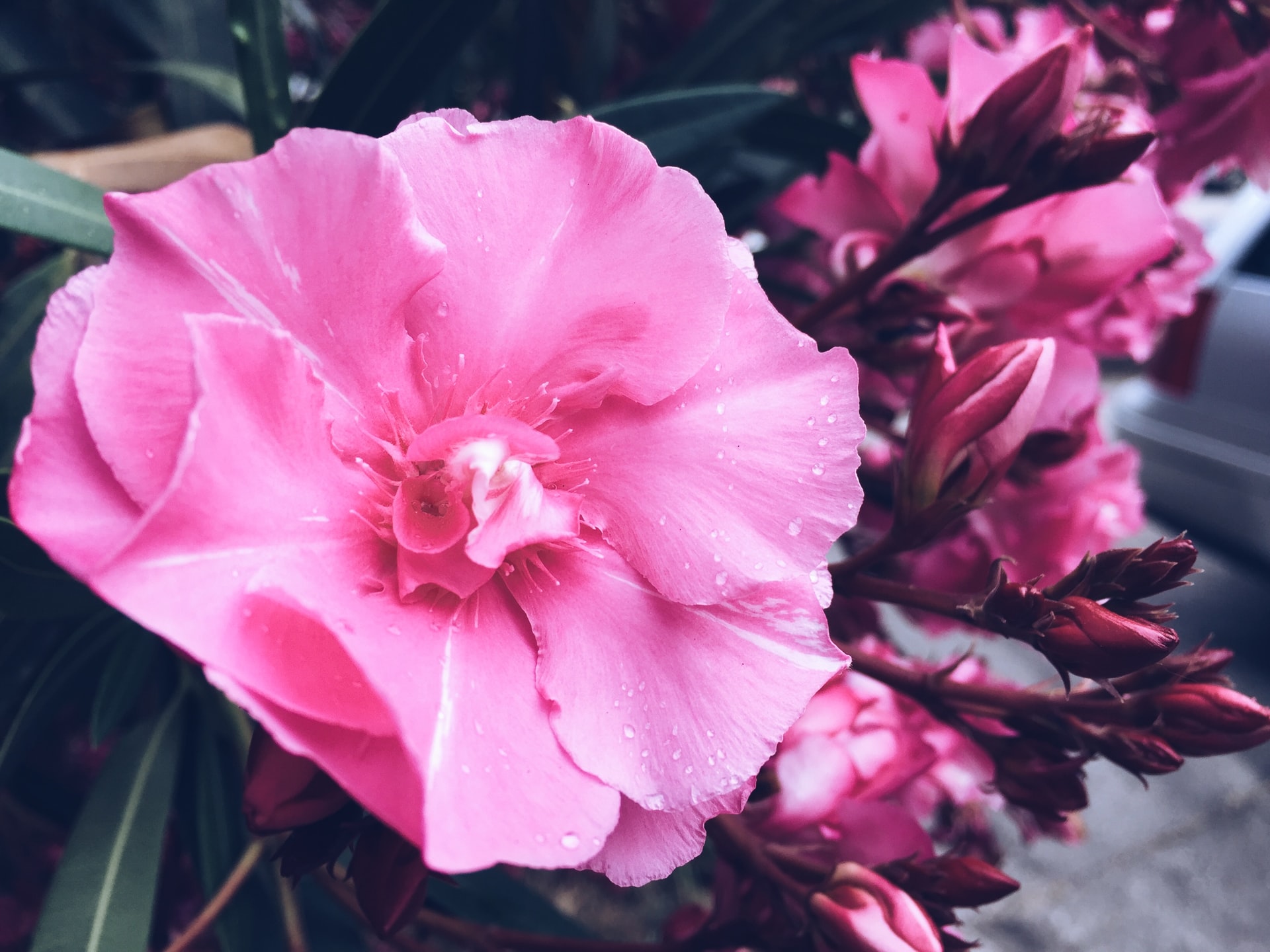
Adding greenery to the living room or bedroom brings a touch of nature to the indoor living space. Plants are beautiful to look at, providing a touch of added interest, and can improve the air quality indoors. They add to a sense of peace in the home, look beautiful and serve a practical purpose.
Others are known to cause anything from upset stomachs to skin irritations and can be more dangerous for humans and pets if consumed. Homeowners need to be aware of which plants are suited for indoor use.
Lavender
Lavender flowers emit a soothing aroma of lavender and its lovely lilac color is a pleasure to have in the home. Lavender plants require direct sunlight for quite a few hours during the day, so make sure to place them near a window. This plant doesn’t do well when overwatered, which will cause the roots to succumb to rot.
Lavender is a wonderful choice as an indoor plant for boosting your health. It is believed to be able to decrease high blood pressure and reduce heart rates when its scent is breathed in, promoting relaxation and natural, peaceful sleep.
Parlor palm
You can’t really go wrong with the popular Parlor palm. Although it enjoys bright sunlight, it is not necessary to place this plant directly under the sun. This tiny palm adapts to low light conditions and temperatures and is a good air purifier for your home.
It absorbs substances such as trichloroethylene and benzene, which may be emitted from materials in home furnishings. Best of all, this plant doesn’t pose any health risks to children or pets.
Gloxinia
Gloxinia is a particularly attractive pot plant that can be used to decorate your living room. Its lovely deep pink bloom speckled with white and surrounded with rich green leaves is particularly eye-catching.
Gloxinia thrives when the soil is kept constantly moist, and it is placed away from direct sunlight. You can safely keep this plant in the house as it doesn’t pose any health risks to pets or people.
Spider plant
Spider plants are named for their lengthy, spiky looking two-tone leaves. They are also referred to as ribbon or airplane plants. Adaptive to differing soil, light and moisture environments, they are a perfect addition to any living area.
Also, they are good to keep in the home because they improve the air quality by absorbing toxic chemicals. Homeowners can safely keep this plant in the home as it is not at all toxic to human and pet health.
People love it in offices as well as they purify the air. The facility team at Dissertation service, a reputed online assignment help firm placed different plants in the office with a focus on spider plants and employees have actually reported feeling a very comfortable freshness in the air after that.
The Easter Lilly
Easter Lilly’s produce a beautiful white flower and a distinctive perfume. No matter how tempted you may be to place one of these plants indoors, resist the urge. While they make for excellent pot plants, they are best situated for outdoor spaces, especially if you have house pets.
Cats have become extremely ill from eating small amounts of this plant, leading to kidney failure and death if not professionally treated within a few hours. The upside is that this plant does not pose a threat to children.
Daffodils
Spring bulbs such as hyacinths and daffodils are tempting to plant indoors due to their beauty. The bulbs look like onions, often causing children to mistake these plants as vegetables.
As attractive as they may be if consumed by people or their pets, they are highly toxic. Mistaken consumption of the bulbs can lead to unpleasant abdominal pain, spark irregular heartbeats and a spike in blood pressure, and even lead to death.
English Ivy
People are often tempted to place English Ivy in their sitting rooms because it is easy to grow, and the plant requires little maintenance. Also, it looks attractive as its tendrils grow quickly, providing a point of interest in the living area.
Because this plant is a vine, this makes it easy to reach by children and pets. Regrettably, unpleasant symptoms such as skin irritations, hives, fever and a burning throat may be experienced from eating the tempting berries on the vine.
Oleander
Oleander is another plant that attracts attention because of its beautiful blooms. As a shrub that grows quite easily indoors, people are often drawn to placing one of these plants in their living room. Unfortunately, Oleander is probably one of the most dangerous plants to keep indoors.
Every part of the plant is toxic, from its leaves, bark, and blooms to the sap. Exercise extreme caution when dealing with this plant if you do decide to use one for indoor decoration.
Conclusion
As beautiful as some plants may be indoors, they’re best avoided due to their toxicity for people and animals. Others are well known to improve air quality, present a beautiful, healthy addition to décor and are safe to keep in the house. Choose wisely when adorning the home by selecting harmonious healthful greenery to purify indoor air.
Written by Leon Collier
About the Author
Leon Collier is a blogger from the UK, currently working for the top essay writing service that assists local and international students with best custom essay and research writing. He is known for his impeccable talent in providing best writing services for thesis, college essays, dissertations and other research papers. You can follow him on Twitter @LeonCollier12
You may also like
How to Use Essential Oils to Enhance Your Home
CBD Strains: How to Find the Best Strain for You
The Impact of Music Therapy on Mental Health
16 Easy Ways to De-Stress After a Long Day
